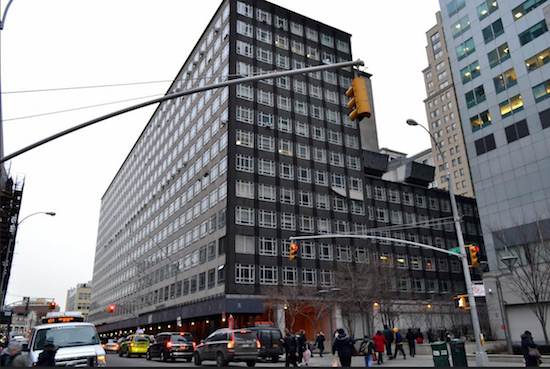When 370 Jay St. was state-of-the-art: Transit Museum exhibit is now open

The former MTA administration building at 370 Jay St., as photographed last year. Eagle photo by Rob Abruzzese
When New York University announced in 2012 that it would be taking over the former MTA administration building at 370 Jay St. to house its new “Center for Urban Science and Projects” as well as its entrepreneurial incubators, observers of the Downtown Brooklyn scene were very happy.
Since the mid-1990s, the MTA had been moving employees out of 370 Jay St. into newer buildings, and as a consequence, the former headquarters building deteriorated. It seemed perpetually encased by scaffolding, and eventually, only one side entrance remained open.
